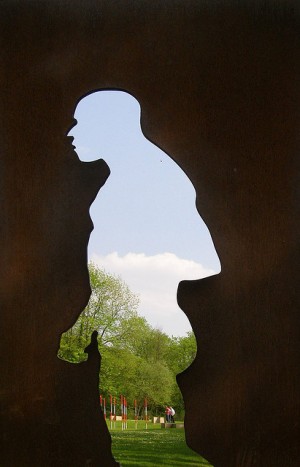
Truth is, for how little we understand the wiring and functioning of our own brains, we understand even less about the Neanderthal mind. It's quite possible that they could mate with us, but couldn't think the same way we do. And it's those unseen, unstudied differences that could really account for the vast disparities that we see between how humans lived and how their Neanderthal neighbors lived.
The picture we have so far is that the Neanderthals are sort of opportunistic, good at hunting middle- to large-sized mammals. They have a territory in which they probably go through a cycle of habitation in different places, basically when one place is exhausted they move to another one. What we don't see with Neanderthals is long-distance exchanges with other groups. What we see with modern humans in the same areas is different. For example, we find shells in Germany coming from the Mediterranean or from the French Atlantic Coast. It means there was a network of people. So, the question is, what kind of relationship did a Neanderthal have with his brother-in-law? Humans did not just live with their families and their neighbors, but they knew they had a brother-in-law in another village, and that beyond the mountain there is the family of their mother, or uncle, or something like that. There is a large network of groups that, if necessary, could help each other. I think this is where we would like to go to find differences between Neanderthals and modern humans.

No comments:
Post a Comment